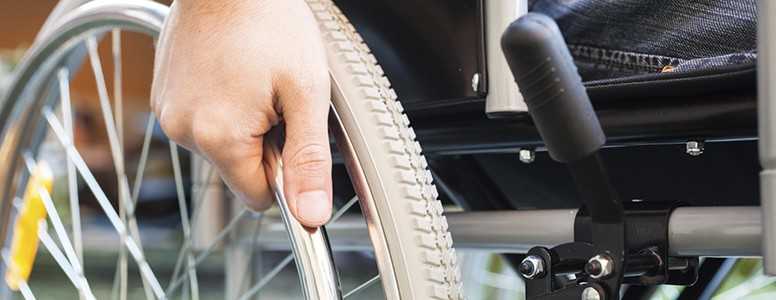New research from Concordia and Peking universities has identified practical ways to encourage people to take the stairs.
The study, which was published in Environment and Behaviour, found a number of factors that influence people to take the stairs rather than the escalators, including their location and height.
As more and more people live increasingly sedentary lifestyle, it is important to find practical, simple ways for people to get more exercise. People who don’t get enough exercise increase their risk of obesity, type 2 diabetes and heart disease; tiny steps to get fitter have a much bigger impact than many people realise.
Taking the stairs rather than the lift is one such option. This study is one of the first to focus on why people would rather not take the stairs; and it’s down to more than just laziness.
How was the study conducted
The researchers worked from the hypothesis that keeping the stairs far away from the escalators would increase the use of stairs.
They examined the use of 13 sets of stairs and 12 pairs of escalators in Montreal shopping centres. The flow of passengers on both stairs and escalators were observed, with a total of 33,793 pedestrian journeys over 35 days.
By increasing the distance between stairs and escalators by 100 per cent, the researchers noted a 95 per cent increase in the use of stairs.
What problems could the findings solve?
Although the findings are somewhat preliminary, they make a strong case for the importance of location and other factors when trying to make people take the stairs rather than the escalator.
“Environmental factors have been explicitly identified as having an impact on stairs climbing, including the visibility of the stairway and its width,” said senior author John Zacharias, Professor at the University of Peking.
“This study shows that staircase location is just as important, and should be factored in when planning new buildings.”
When the research is developed further, it could have a significant influence on the way buildings are designed. This, in turn, could see a marked increase in people taking the stairs.
Of course, increasing the number of people who take the stairs rather than the escalator is not going to single-handedly solve the obesity crisis. But it could help, and it’s certainly a step in the right direction.
Co-author Richard Ling said of the findings: “The initial focus of the research was to determine what correlation might exist between the separation or proximity of stairs and escalators to the decision to use one or the other. The results support an interesting point of logic for those who design space for health optimisation.”
What's new on the forum? ⭐️
Get our free newsletters
Stay up to date with the latest news, research and breakthroughs.





